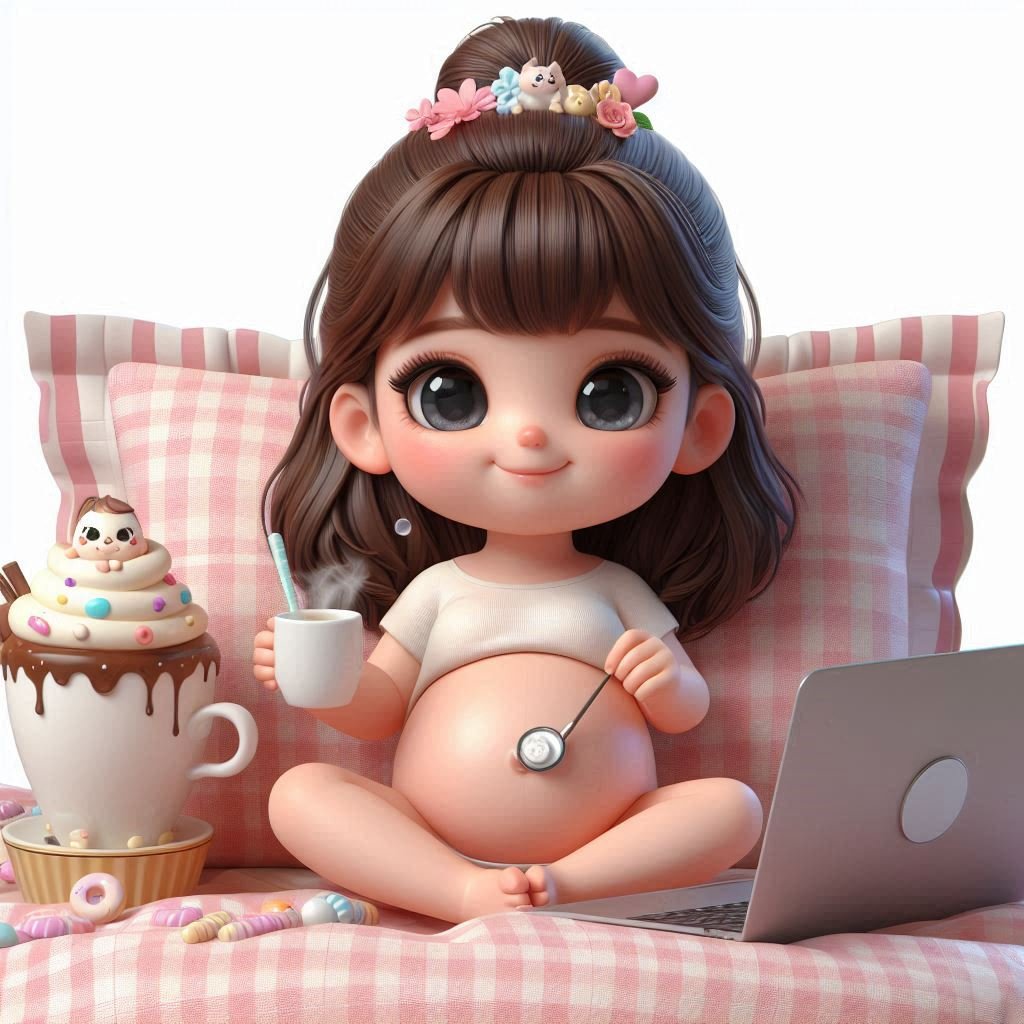Frequently Asked Questions – Wisher
When did a girl get pregnant?
Yes, a girl can become pregnant during her fertile window, which is closely tied to ovulation. Here are the main points to understand:
Ovulation typically occurs around 14 days before the start of the next period in a 28-day cycle, though this timing can vary by a day or more. The fertile window extends a few days before ovulation because sperm can survive inside the female body for up to 5 days. Therefore, having unprotected sex a few days before ovulation can still result in pregnancy if ovulation occurs shortly after.

For a 28-day cycle, ovulation usually happens around day 14, and the fertile window spans from days 11 to 19. In shorter cycles, ovulation occurs earlier, while in longer cycles, it happens later. Therefore, timing is crucial for conception, and tracking ovulation through methods like monitoring cervical mucus and basal body temperature can be helpful.
Pregnancy can also occur during menstruation, although the chances are lower. It’s possible to conceive shortly after a period if ovulation happens early in the cycle.
In summary, pregnancy is most likely during the fertile window surrounding ovulation. Engaging in unprotected sex during this time significantly increases the risk of pregnancy.
Everyone deserves to enjoy their favorite foods without worrying about the sting of sensitive teeth. But finding the right care for your teeth can feel overwhelming. What if there’s an easier way to protect your smile while keeping discomfort at bay? Check out what might be the solution you’ve been looking for here.
I was struggling with low energy and my pregnancy was feeling the strain. I knew I needed to make changes – not just for myself, but for us. I started focusing on getting healthier, improving my mobility, and managing my weight. It’s incredible how these small steps can have such a big impact. I’m glad I found something that guided me through this journey.
What do girl gat pregnant early?
Yes, a girl can become pregnant when she ovulates for the first time, which can occur even before her first menstrual period. Ovulation typically happens about 14 days before the onset of the next period, but it can vary depending on the length of the menstrual cycle. Affiliate

Here are the key points:
- Timing of Ovulation: Ovulation, the release of an egg from the ovaries, usually occurs around the middle of the menstrual cycle. For a standard 28-day cycle, this is about day 14, but it can differ for shorter or longer cycles.
- Fertile Window: The fertile window encompasses the five days leading up to ovulation and the day of ovulation itself. During this time, unprotected sex can lead to pregnancy as sperm can live inside the female reproductive tract for up to five days and fertilize the egg when it is released.
- Sperm Viability: Sperm can survive in the reproductive tract for up to five days, which means that intercourse in the days before ovulation can also result in pregnancy if sperm are still present when the egg is released.
- Ovulation Signs: Changes in cervical mucus, which becomes clearer and more slippery around ovulation, can indicate that a girl is in her fertile window. Monitoring these signs can help determine the best times for conception.
Everyone deserves to enjoy their favorite foods without worrying about the sting of sensitive teeth. But finding the right care for your teeth can feel overwhelming. What if there’s an easier way to protect your smile while keeping discomfort at bay? Check out what might be the solution you’ve been looking for here.
In summary, pregnancy can occur as soon as ovulation begins, which can happen before the first menstrual period. Recognizing the signs of ovulation and understanding the timing can help in identifying the fertile window for conception.
why do we have pregnancy?
Pregnancy starts with a delicate moment: the meeting of sperm and egg. Imagine the journey of a single sperm navigating its way to an egg released during ovulation, meeting in the fallopian tube. This meeting marks the beginning of what could be a new life. The fertilized egg, now known as a zygote, begins its journey toward the uterus. Picture this tiny entity, full of potential, traveling with purpose, dividing and growing along the way.

Upon reaching the uterus, the zygote must embed itself into the uterine lining. This crucial step, called implantation, can be likened to a seed finding fertile ground. It’s here that the future of the pregnancy takes shape. The release of hCG, the pregnancy hormone, signals to the body to maintain this special environment, ensuring the zygote continues to develop. This hormone is also what many home pregnancy tests detect.
As weeks pass, the embryo grows and forms a placenta, which acts as a lifeline between mother and baby. This remarkable organ not only provides nutrients but also helps remove waste. The development of the fetus and placenta is a testament to the body’s ability to nurture life.
Understanding these processes can deepen our appreciation for the miracle of life. Whether you’re personally navigating this journey or supporting a loved one, recognizing the intricate dance of biology and emotion behind pregnancy can bring both awe and empathy.




5 thoughts on “#80 When did a girl get pregnant? Best Solution”